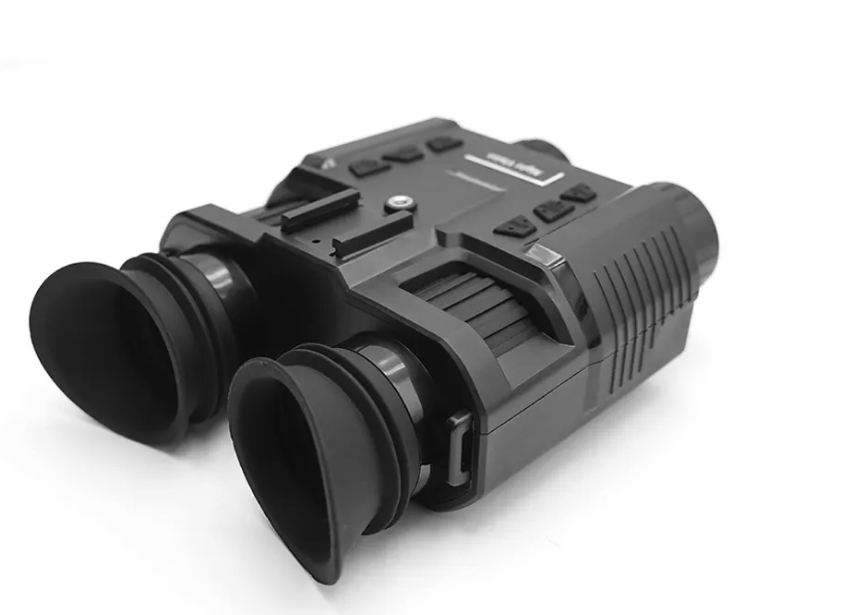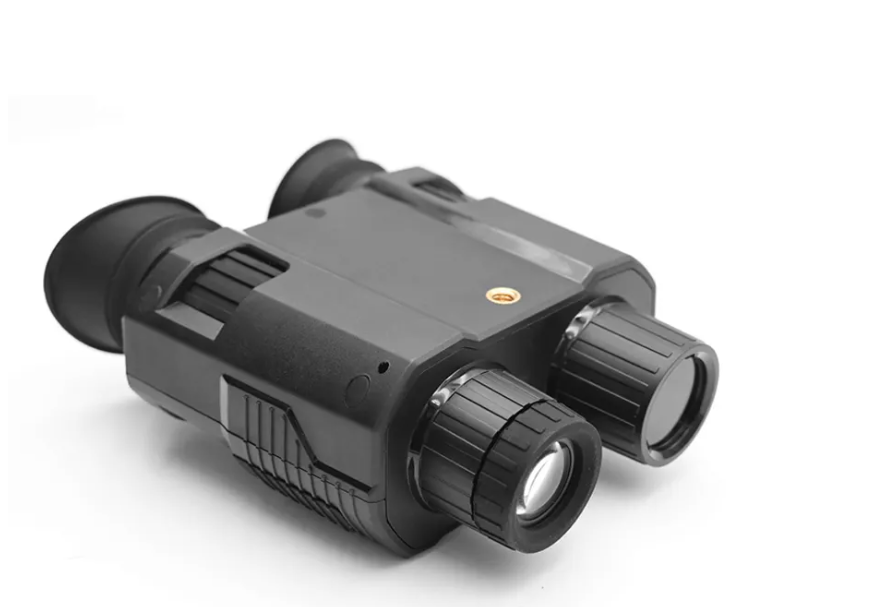When faced with pitch-black, rainy nights, low-light-level, full-color infrared night vision devices face severe challenges in their integrated low-light-level enhancement and infrared detection technologies. These challenges arise primarily because both low-light-level enhancement and infrared detection technologies are limited by the lack of natural light and the presence of environmental interference. While low-light-level technology can capture faint natural light, its effectiveness is significantly diminished in complete darkness. While infrared detection uses the thermal radiation emitted by objects to create images, interference from rain can also affect image quality. Therefore, in such harsh environments, the performance of low-light-level, full-color infrared night vision devices faces significant challenges.

In pitch-black conditions, the effectiveness of low-light-level technology is significantly limited due to the lack of natural light capture and amplification. This is when the infrared detection function of infrared night vision devices becomes particularly crucial. Infrared sensors sense the thermal radiation emitted by surrounding objects and convert it into visible images, providing a light-free solution for nighttime observation.
The Impact of Rainfall and Solutions
However, the impact of rainfall on infrared night vision devices cannot be ignored. In extreme weather conditions, rain not only releases heat, interfering with sensors, but can also blur or reflect light from the lens, reducing clarity. Rain not only releases heat but can also block or interfere with the thermal radiation signals of distant objects. Furthermore, raindrops landing on the lens can blur the image or create reflections, affecting clarity.

Nevertheless, modern infrared night vision devices incorporate waterproof and dustproof designs and advanced image processing technology to minimize the adverse effects of rain on image quality. These measures effectively mitigate the issues caused by rain.

Measures to Enhance Device Performance
Although low-light-level, full-color night vision devices face performance challenges in harsh conditions such as extreme light depletion and rainfall, they can still achieve a certain level of visibility thanks to their active infrared illumination and waterproof design. These features enable low-light-level, full-color night vision devices to maintain a certain level of visibility in adverse environments. For professional users, fully understanding the device's limitations and taking appropriate measures, such as using a waterproof housing and regularly cleaning the lens, are key to ensuring stable operation in adverse conditions.
Onick Optics (Wuhan) Co., Ltd.
Onick Optics is an innovative company deeply engaged in the imaging field, dedicated to the research, development, design, and production of a wide range of imaging products. The company demonstrates strong R&D capabilities in digital photography, image processing, and visual recognition technologies. Its extensive product line covers both consumer and professional markets, including laser rangefinders, high-definition binoculars, night vision devices, thermal imagers, surveillance cameras, laser speedometers, speed guns, digital cameras, smart cameras, and image enhancement devices. Through continuous technological innovation, the company is committed to advancing the imaging industry and providing users with superior visual experience. For more information on optical instruments, please contact us at service@onick-optics.com


